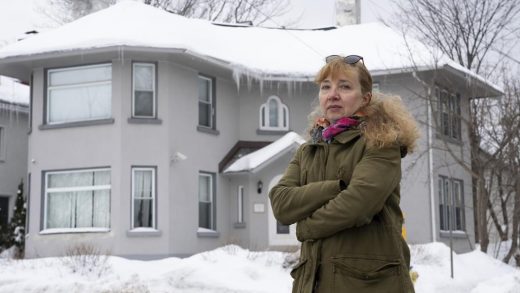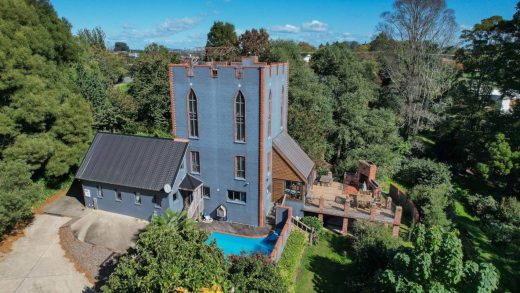
A human jaw bone, likely imported from India and used as a teaching aid, has been discovered after lying buried at a Christchurch property for about 140 years.
The “very rare” find has led to the discovery of several artefacts dating to the late 1800s, including glass bottles, tea cups and a paraffin stove.
The jaw bone was unearthed in February by contractors carrying out foundation repairs and pile replacement work at a house on Woodham Rd, Christchurch.
Police were called, but it was quickly established that it was more of a historical find and Heritage New Zealand (HNZ) was called in.
READ MORE:
* Human remains found at Christchurch home date back to 19th century
* Moa bones discovered during Manawatū Gorge road replacement work
* Old rubbish pit found beneath Blenheim bridge
Consultant archaeologist Sarah Erskine has since been tasked with staying on site while the earthworks continue, making records and taking samples of what’s being found.
“The more they dig, the more we find. I’ve got boxes and boxes of things,” she said.
JOHN KIRK-ANDERSON/Stuff
A paraffin stove is among several hundred artefacts found at the property.
Erskine, who specialises in human remains, said the jaw bone is believed to be part of an anatomical specimen for a dental school or a medical school.
With only one bone it is not possible to definitively state the gender of the individual, however they had “somewhat worn wisdom teeth”, indicating they were probably in their 30s or 40s.
Two metal wires run across the back of the jaw – the lower jaw bone was found – indicating it was likely used as a teaching aid.
Erskine said a lot of anatomical specimens were brought in from India through the 1800s.
The remains appear to have been thrown out with other household rubbish and buried in a “rubbish pit”.
JOHN KIRK-ANDERSON/Stuff
The human jaw bone is believed to date back to the late 1800s.
A paraffin stove, believed to be from the late 1800s, and glass bottles used to hold things like coffee, alcohol and ink were also found in the pit, along with remains of a butchered animal.
Several hundred artefacts have been found across the property, mainly “common domestic rubbish” as well as some animal bone, oyster shells and scrap metal.
Erskine said finding human remains in such a setting was “very rare”.
“I’ve never come across something like this on an archaeological site.”
In New Zealand, any material or place related to the pre-1900s is considered an archaeological site and is protected by law, with authority needed from HNZ to do any works that may affect the site.
JOHN KIRK-ANDERSON/Stuff
Glass bottles, butchered animal bones and scrap metal were also uncovered at the property.
Generally, building companies and developers would get a check done prior to work to see if they needed authority.
However, with the property in question, there was no reason to expect the presence of any archaeological material as the house was built in 1935 and there was no evidence of one being there before then.
The property was originally part of the 40-45 acre Chaddesden Estate, but would have been a back paddock several hundred metres away from the homestead. The estate was owned by William Cowlishaw, who was a lawyer and politician.
Following his death the land was bought by a woolbroker.
Erskine said there was no evidence of anyone being involved in a medical or dental trade living at the property or working there. She was still trying to find a connection with a practice in the area.
JOHN KIRK-ANDERSON/Stuff
Consultant archaeologist Sarah Erskine specialises in human remains.
“My working theory is that possibly the neighbouring properties were using the empty lot for a rubbish dump.”
Contractors at the site are now doing above-ground works, but the discovery of further artefacts remains possible are there are still more earthworks to come for the driveway and drainage repairs.
At the end of the process Erskine will write a report on what has been found as well as recommendations for any future works on the property.


